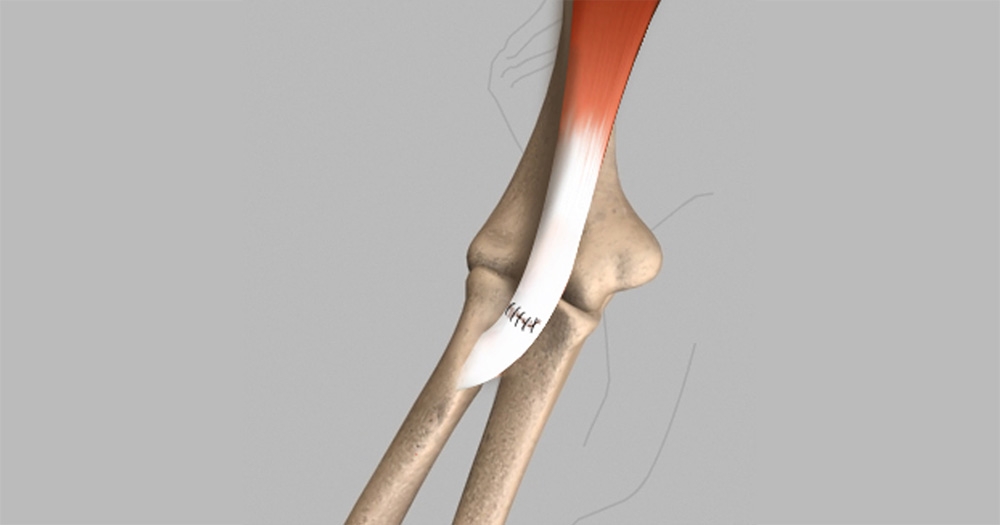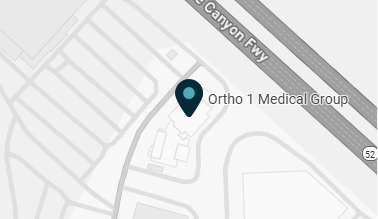Ask any little kid to show you their muscles, and they’ll probably flex their biceps. Your biceps are important for daily functioning, allowing you to bend your arm at the elbow, lift things, and make many movements most of us don’t give a thought to throughout the day.
When you have a problem with your biceps, it’s quite noticeable, and you may need the care of one of the Ortho 1 Medical Group providers. One of the services we offer is tendon repair, and a number of our patients need biceps tendon repair. Let’s discuss what you need to know before, during, and after a surgery to repair your bicep tendon.
Biceps basics
Even though everyone knows where their biceps muscles are, few people know the three tendons that hold those muscles in place. Attaching at the shoulder, you have two proximal biceps tendons; attaching at the elbow, you have one distal biceps tendon.
Injury to any of those three tendons can result in pain, bruising, weakness, and an inability to rotate your arm. Getting treatment quickly is vital because scars can form on the injured tendon, making it more difficult to repair.
Before surgery
Before you have surgery to repair your bicep, your doctor will determine the location and severity of your injury. In some instances, a tendon will partially tear, in others it will tear completely, which is called a rupture. Often, people have microtears due to repetitive use.
Not every bicep tendon injury requires surgery, but if your tendon has completely ruptured, surgery is the only way to repair it. Regardless of the severity, it’s a good idea to:
- Rest and avoid using the arm
- Use ice or cold packs to reduce swelling and ease pain
- Take over-the-counter pain relievers if appropriate
- Schedule an appointment at Ortho 1 Medical Group
During bicep repair surgery
Once your doctor has determined surgery is the best way to repair your bicep, you may be wondering what to expect. It depends on several factors, including which of your three tendons needs to be repaired, and the severity of the tear.
Our doctors most often perform minimally invasive surgery, which involves very small incisions and tiny instruments. Minimally invasive procedures reduce the likelihood of complications and allow for faster healing.
Before your repair surgery, your doctor will provide details about exactly how they plan to repair your tendon. Several techniques can be used for a biceps tendon tear, depending on location, severity, your overall health, lifestyle, and other factors.
After your procedure
We provide thorough after-care instructions, but generally, you’ll need to keep your arm immobilized for around four to six weeks, and after that you’ll need physical therapy to regain use of your arm.
A biceps tendon injury can take quite a long time to heal. In fact, it often takes as long as a year for full recovery. However, you should be able to begin returning to your normal activities sooner than that.
Ask questions
We encourage you to ask questions about your injury, surgery, and recovery. Having any surgical procedure can feel daunting, but understanding what to expect helps. Schedule your appointment today.





















